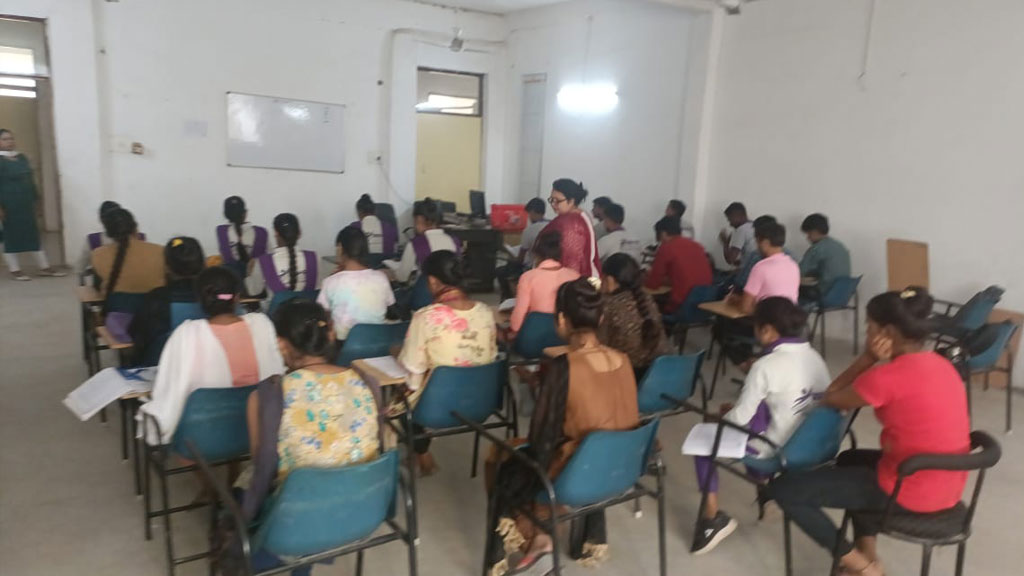Introduction:
As corporations increasingly engage in Corporate Social Responsibility (CSR), the education sector has emerged as a focal point for initiatives aimed at creating positive social impact. While these endeavors bring about significant benefits, they also encounter various challenges. This article explores the hurdles faced by companies in their educational CSR initiatives and proposes strategic solutions to navigate this dynamic landscape.
Challenges:
Diverse Educational Landscapes:
Challenge: Educational systems vary widely globally, making it challenging for corporations to design standardized CSR initiatives that suit the needs of diverse communities.
Solution: Conduct thorough needs assessments and collaborate with local educational experts to tailor initiatives that address specific challenges and opportunities within each community.
Sustainability and Long-Term Impact:
Challenge: Many CSR initiatives face difficulties in ensuring long-term sustainability and lasting impact beyond the initial stages.
Solution: Establish partnerships with educational institutions, NGOs, and local governments to create a sustainable framework. Integration with existing educational structures enhances the likelihood of continued success.
Digital Divide:
Challenge: Bridging the digital divide remains a significant obstacle, especially in underprivileged areas where access to technology is limited.
Solution: Implement comprehensive programs that include not only technology provision but also digital literacy training for both students and educators. Collaborate with governments to expand digital infrastructure in underserved regions.
Measuring Impact:
Challenge: Quantifying the impact of educational CSR initiatives can be complex, hindering the ability to demonstrate tangible results.
Solution: Develop robust monitoring and evaluation frameworks from the outset. Employ a combination of qualitative and quantitative metrics to measure both immediate and long-term impact on students, educators, and communities.
Adapting to Changing Educational Needs:
Challenge: Educational systems are dynamic, and initiatives must evolve to meet changing needs, technologies, and pedagogical approaches.
Solution: Build flexibility into CSR programs, allowing for adjustments based on ongoing assessments and feedback. Establish regular communication channels with educational stakeholders to stay abreast of changing needs.
Ensuring Inclusivity:
Challenge: Ensuring that CSR initiatives are inclusive and accessible to all, regardless of socio-economic background, remains a persistent challenge.
Solution: Implement targeted outreach programs to identify and address barriers to participation. Consider diverse learning styles and needs to create inclusive educational environments.
Conclusion:
While challenges exist in navigating the landscape of educational CSR, strategic solutions can mitigate these obstacles. By embracing adaptability, collaboration, and a commitment to sustainability, corporations can contribute meaningfully to education, fostering positive and lasting change in the communities they serve. As the educational landscape continues to evolve, so too must the strategies employed by corporations engaged in CSR, ensuring a dynamic and impactful contribution to the future of education.
- By admin

